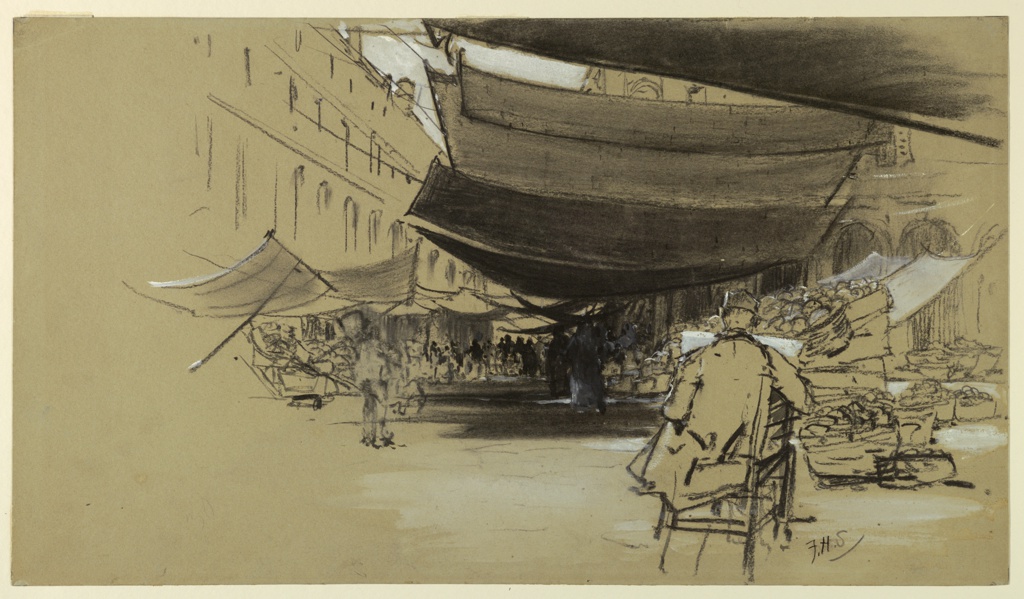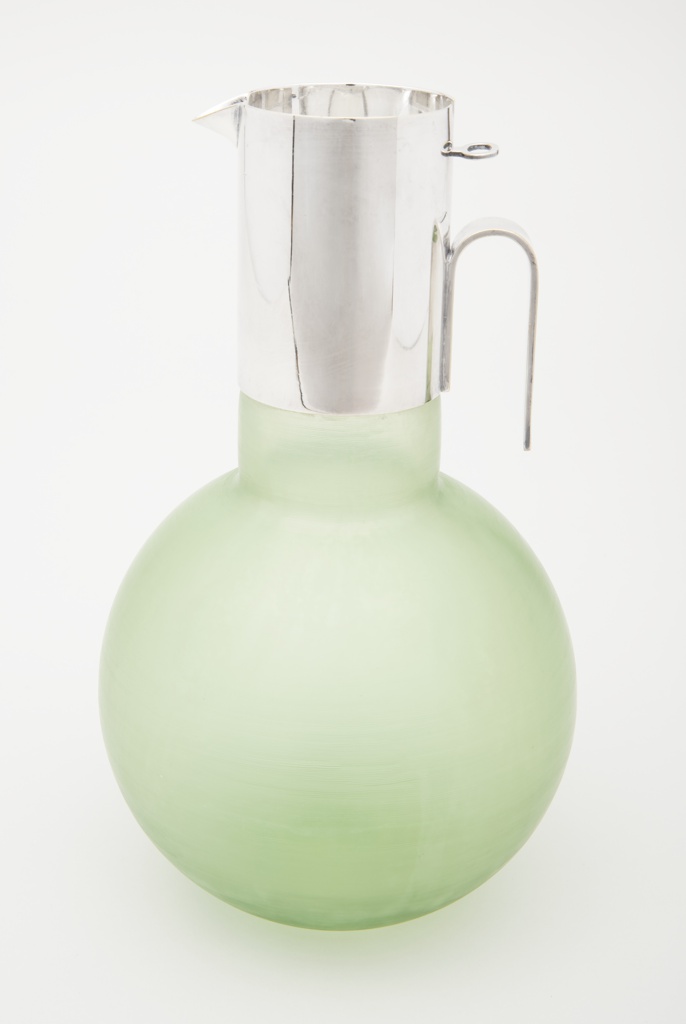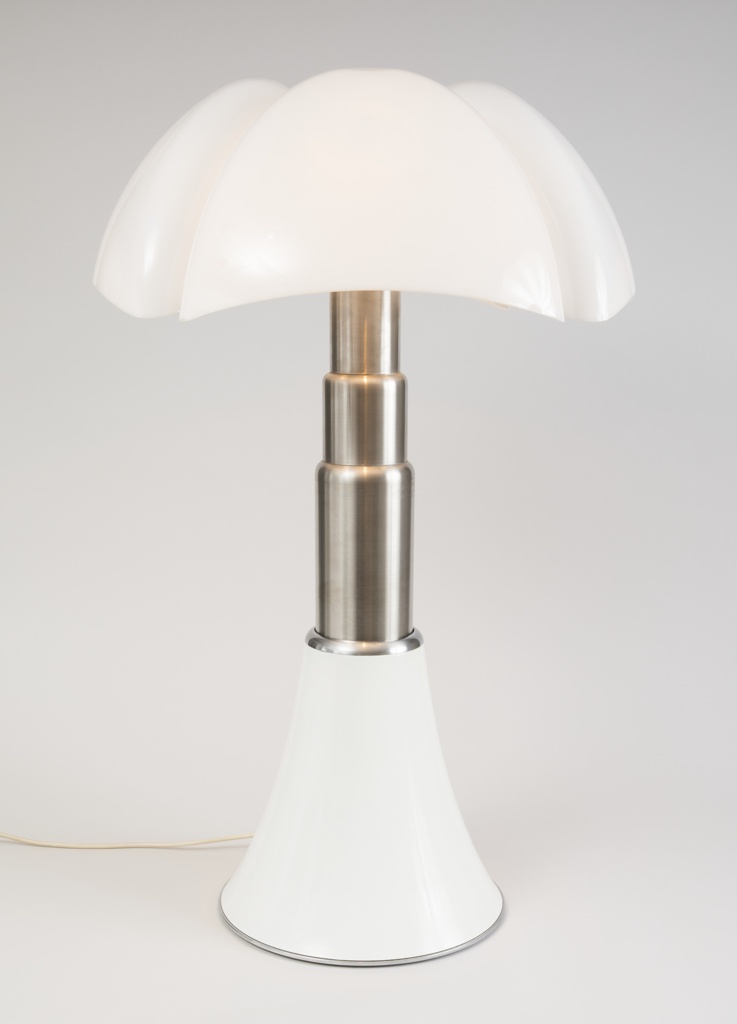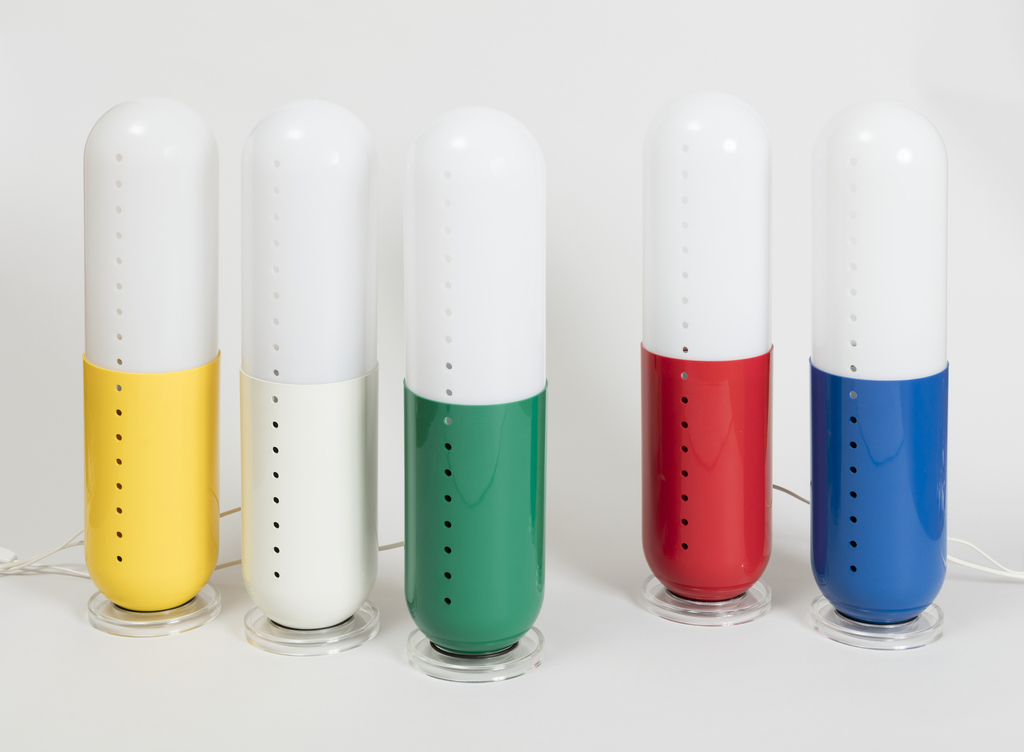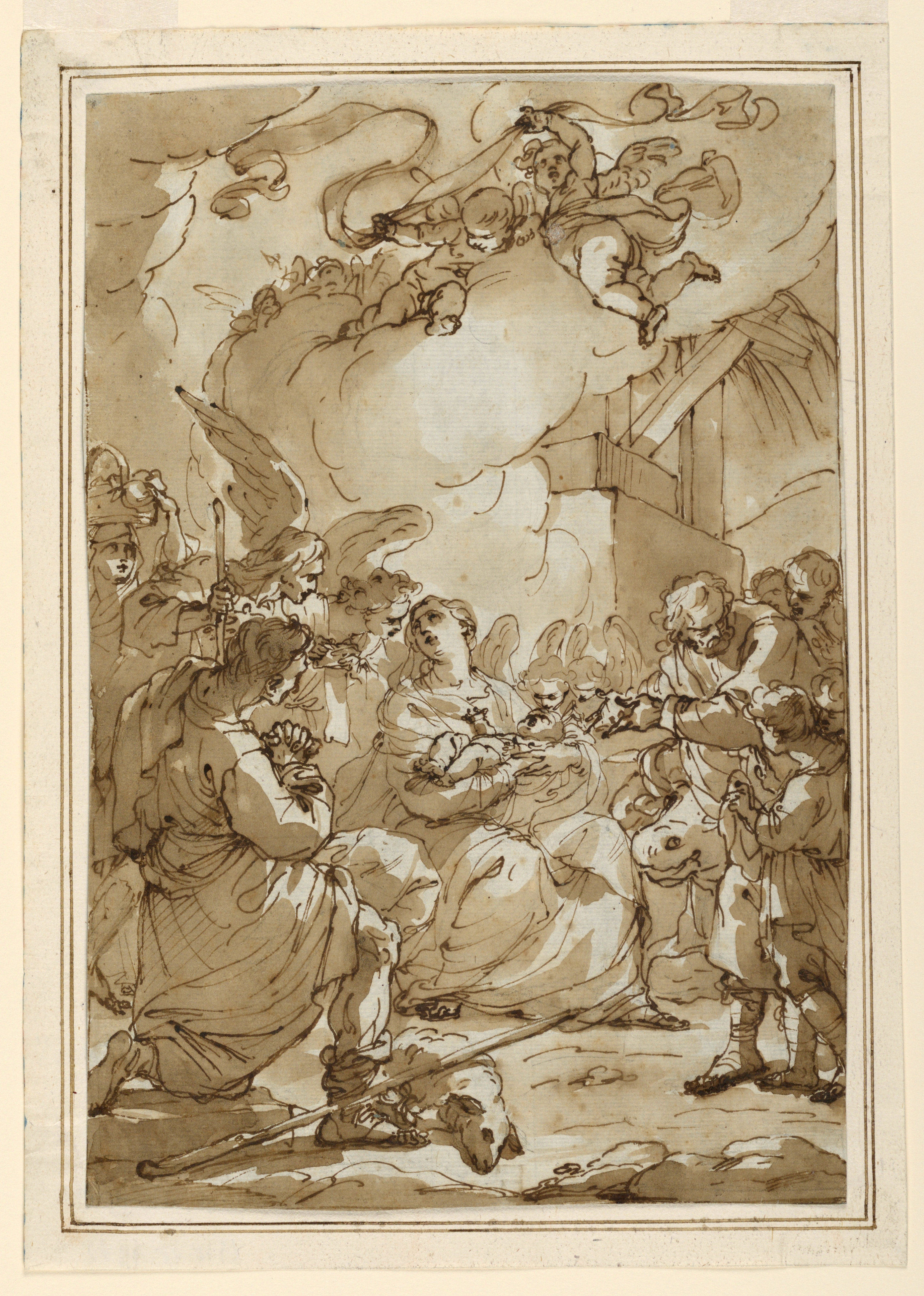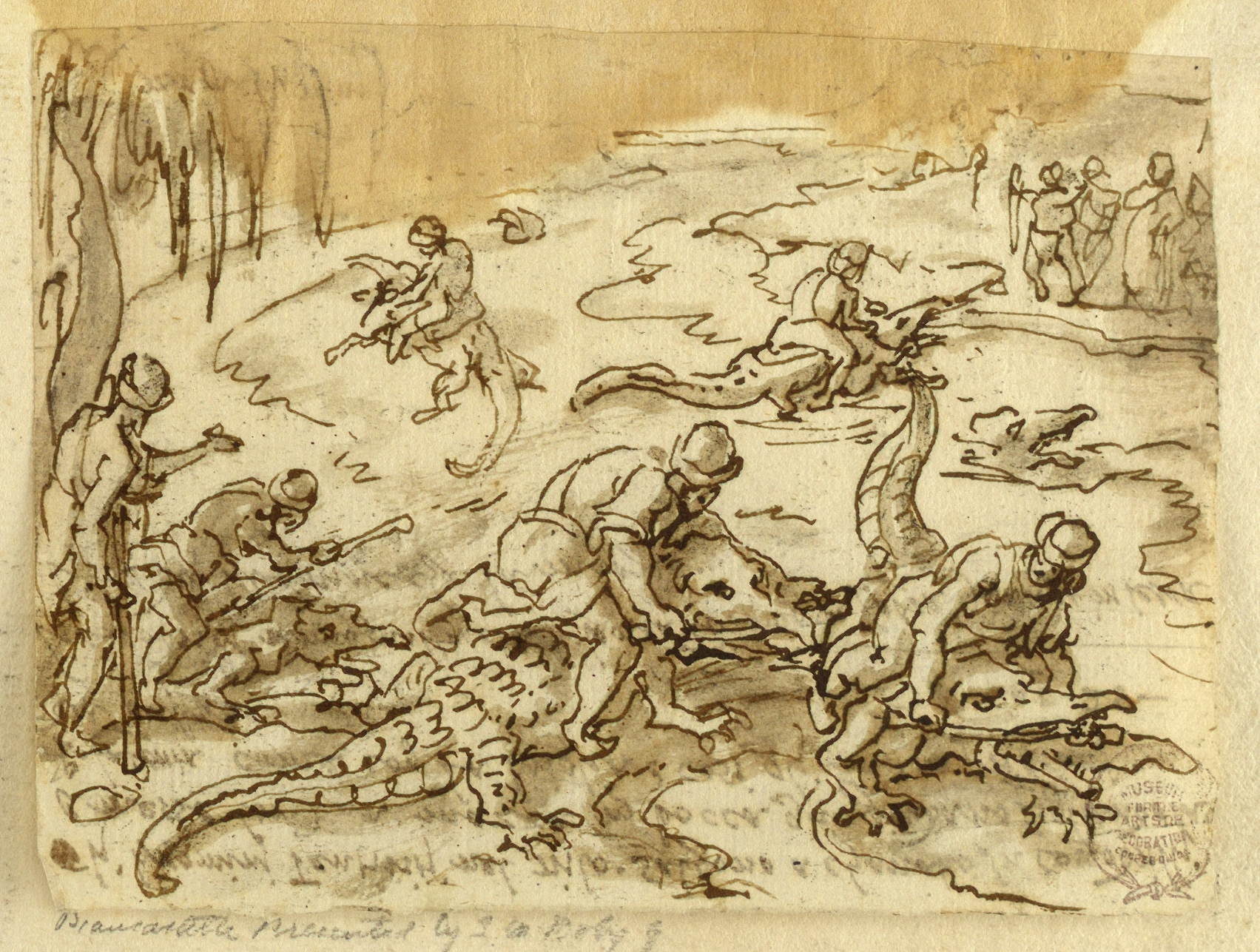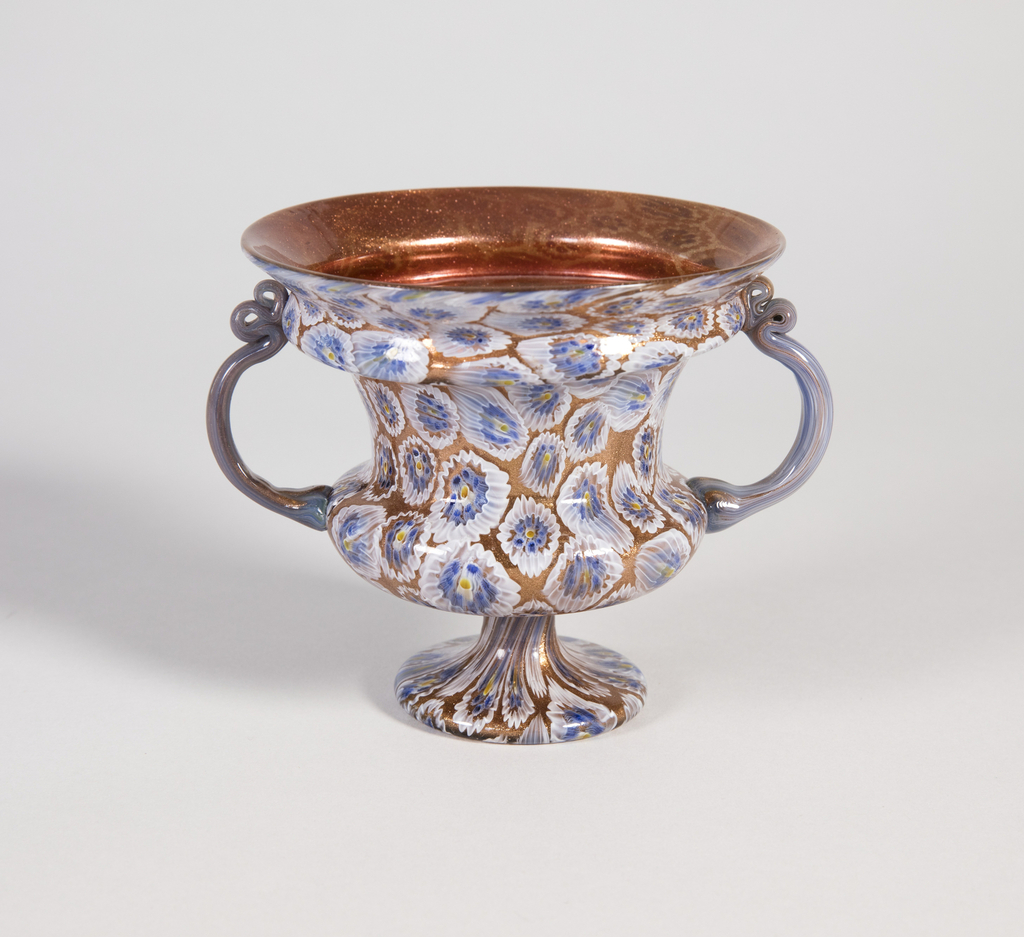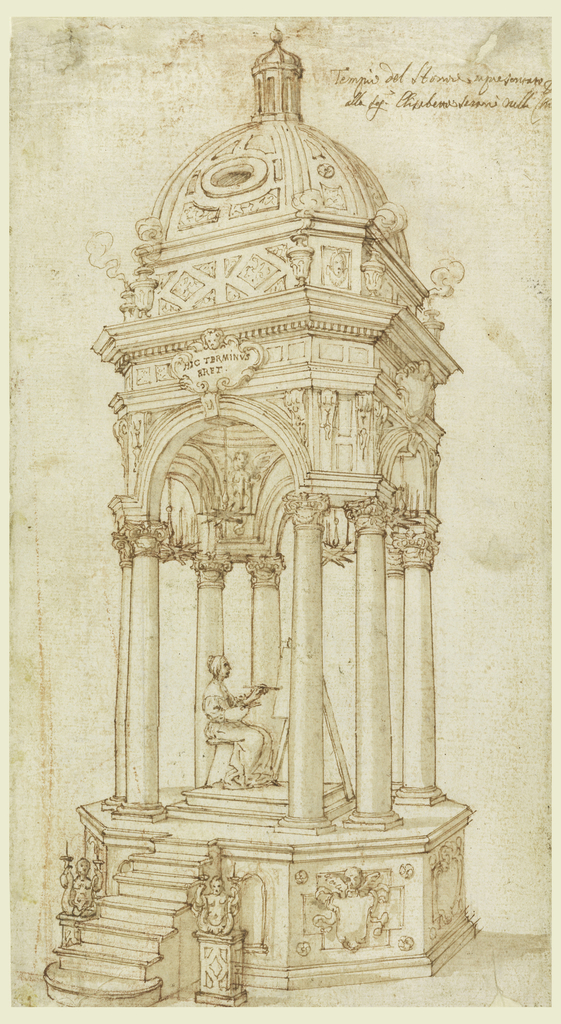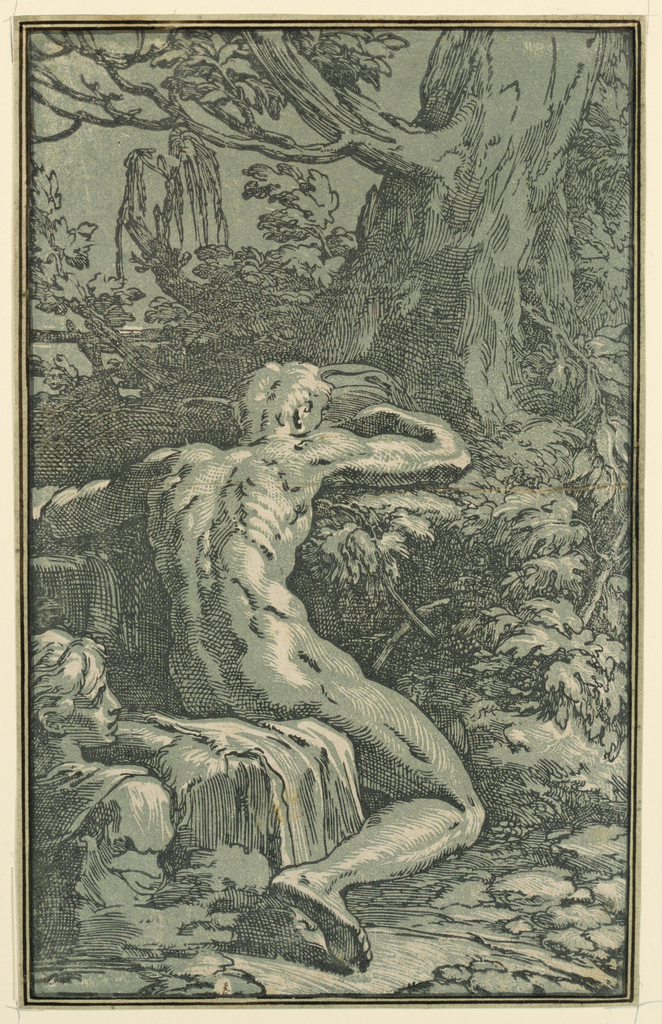Writer and illustrator Francis Hopkinson Smith did not publish his first work until he was almost 50 years old. Trained as an engineer, he spent the first part of his career in construction and is credited with designing the foundation for the Statue of Liberty. He made charcoal drawings and watercolors throughout his life and...
Designer Massimo Vignelli was known for the sense of sophistication and refinement he brought to the product, graphic, and furniture design that he produced first in Italy, and later in the U.S. working with his wife Lella, also a designer. While a student at the School of Architecture in Venice, Vignelli learned about glass from architect and glass...
By the 1960s, it could be argued that lighting design had come of age. This was influenced by several factors—booming post-war economic growth, the emergence of a new youth market eager to challenge established ideas about modern style, and the continuing development of lighting technologies and new plastics that encouraged greater experimentation with form and...
Revealing the importance between Pop Art and design, Cesare Casati and Emanuele Ponzio’s Pillola lamps designed in 1968, are representative of Italy’s anti-design movement of the mid-1960s and 1970s. Challenging notions of “good design,” the anti-design movement took its cues from Pop Art’s use of bright colors and banal subject matter. The Pillola lights culturally...
In the late fourteenth century, an elderly nun named Bridget experienced a mystical vision. Born in Sweden in 1303, Bridget (now St. Bridget) was nearly seventy when she made a pilgrimage to Bethlehem, and witnessed a holy sight. In her account of what transpired, St. Bridget describes a vision of the birth of Jesus in...
How to catch a crocodile? In this drawing, the Flemish artist Jan van der Straet, called Stradanus (1523 —1605) shows us one particularly bold method. Hunters sit astride their prey, forcing long sticks between the crocodiles’ snapping jaws; companions armed with clubs wait nearby, ready to bludgeon the overpowered reptiles. The image isn’t based on...
This urn-shaped vase represents important historic glass making techniques whose possibilities were expanded during the revival of glass production in late 19th-century Venice. The form features two spectacular variations of glass for the viewer to enjoy and ponder. At first glance, the most eye-catching feature is the inner layer of avventurina (also known as aventurine), the metallic copper-toned...
On November 14, 1665, the Basilica of San Domenico in Bologna was crowded with mourners. They were gathered to remember a young female artist, Elisabetta Sirani (1638 – 1665), who had died suddenly the previous August.[1] Although only 27 at the time of her death, Elisabetta was already an acclaimed painter, draftsman, and printmaker—a contemporary...
This print, with its striking green hue, is the result of an innovative collaboration between two Italian Renaissance artists. Working together in Bologna in the late 1520s, the painter Francesco Mazzola (called Parmigianino, 1503-1540) and the printmaker Antonio da Trento (1508-1550) were early adopters of a new technique that allowed for the production of multicolored...
